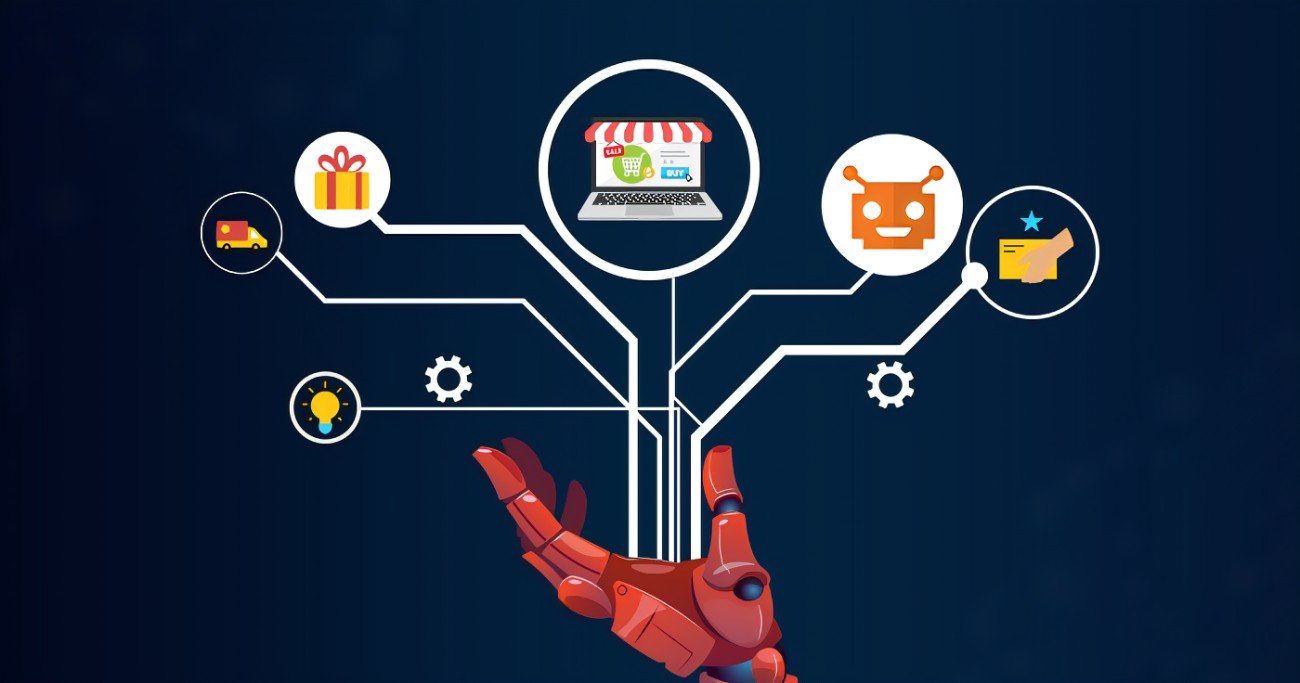The eCommerce landscape continues to evolve at a rapid pace, with new trends shaping the way businesses engage with consumers. In 2024, innovations in technology, sustainability, and personalization are set to redefine online shopping. Let’s explore the top trends that will dominate the eCommerce industry this year.
1. AI-Powered Personalization
Delivering Tailored Shopping Experiences
Artificial Intelligence (AI) has become the backbone of personalized customer experiences.
- AI tools analyze user behavior to offer product recommendations and tailored search results.
- Chatbots and virtual assistants provide real-time support, enhancing customer service.
For example, AI-driven personalization can increase customer loyalty by anticipating their preferences and needs.
2. Voice Commerce on the Rise
Shopping with Smart Assistants
Voice-enabled devices like Amazon Alexa and Google Assistant are becoming integral to eCommerce.
- Consumers can search for products, place orders, and track shipments using voice commands.
- Voice commerce is particularly appealing for hands-free convenience during busy routines.
Businesses are optimizing their platforms for voice search to tap into this growing trend.
3. The Expansion of Social Commerce
Blending Social Media with Shopping
Social commerce is becoming a dominant force in online retail.
- Platforms like Instagram, TikTok, and Pinterest offer seamless in-app shopping experiences.
- Influencers and live-stream shopping events drive product discovery and engagement.
This trend allows brands to connect with younger audiences and turn casual browsing into immediate purchases.

4. Sustainability as a Selling Point
Meeting Eco-Conscious Consumer Demands
Sustainability is no longer optional; it’s a priority for many shoppers.
- Businesses are embracing eco-friendly packaging and carbon-neutral delivery options.
- Transparency about sourcing and ethical practices builds trust with consumers.
ECommerce platforms promoting second-hand or refurbished goods, like ThredUp and Poshmark, are thriving in this climate.
5. Augmented Reality (AR) and Virtual Reality (VR)
Enhancing the Shopping Experience
AR and VR technologies are transforming how customers interact with products online.
- AR tools allow customers to visualize products in their space, such as furniture or décor.
- VR creates immersive experiences, like virtual store tours.
These technologies reduce purchase hesitation by giving shoppers a realistic sense of the product before buying.
6. Subscription-Based Models Continue to Grow
Building Customer Loyalty
Subscription services remain a popular way for businesses to ensure recurring revenue.
- Consumers appreciate convenience and cost savings from recurring deliveries.
- Companies like Dollar Shave Club and HelloFresh have set the standard for subscription success.
In 2024, expect more niche and customizable subscription options.
7. Buy Now, Pay Later (BNPL) Options
Flexible Payment Solutions
Buy Now, Pay Later services, such as Klarna and Afterpay, are gaining popularity.
- BNPL appeals to younger shoppers looking for flexibility without traditional credit.
- Businesses offering these options see higher cart values and reduced cart abandonment rates.
As financial concerns persist globally, BNPL will remain a preferred payment method.
8. Fast and Reliable Delivery Options
Meeting Consumer Expectations
Speedy delivery is a non-negotiable feature for many shoppers.
- Innovations in logistics, including drone delivery and same-day shipping, are expanding.
- Micro-warehousing in urban areas helps businesses meet growing delivery demands.
In 2024, businesses focusing on efficient and sustainable delivery will gain a competitive edge.
9. Mobile-First Shopping Experiences
Optimizing for On-the-Go Consumers
With mobile commerce accounting for the majority of online sales, a mobile-first approach is essential.
- ECommerce sites are adopting responsive designs and streamlined checkouts for smartphones.
- Progressive Web Apps (PWAs) enhance speed and usability, blending the best of apps and websites.
Businesses ignoring mobile optimization risk losing a significant share of the market.
10. The Rise of AI-Powered Product Descriptions
Automating Content Creation
AI tools like ChatGPT are helping businesses generate compelling product descriptions at scale.
- AI creates SEO-optimized, engaging content tailored to specific audiences.
- This trend allows companies to maintain consistent branding while saving time and costs.
AI-powered tools are becoming essential for staying competitive in content-heavy eCommerce environments.
Conclusion
In 2024, eCommerce will continue to thrive by embracing technological advancements, sustainability, and personalized shopping experiences. By staying ahead of these trends, businesses can enhance customer satisfaction, drive sales, and build long-term loyalty.




